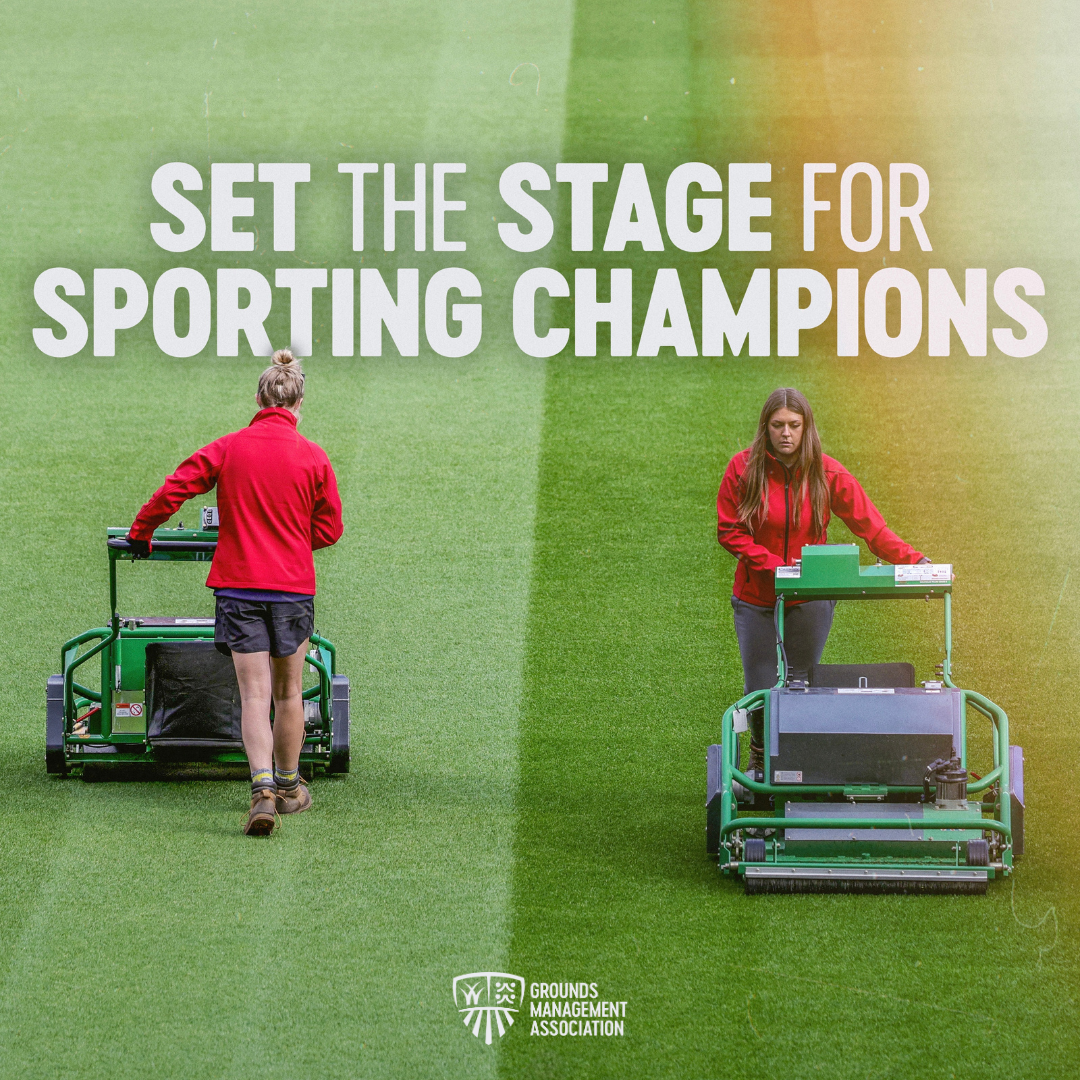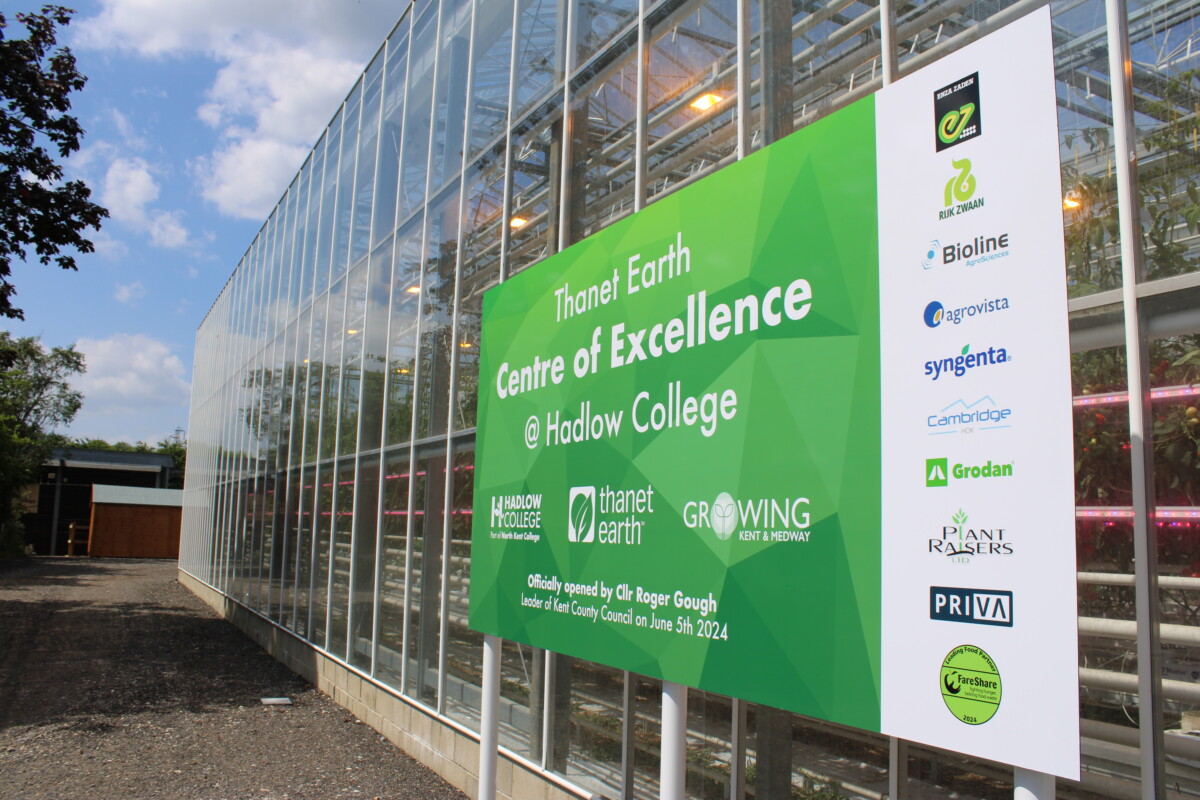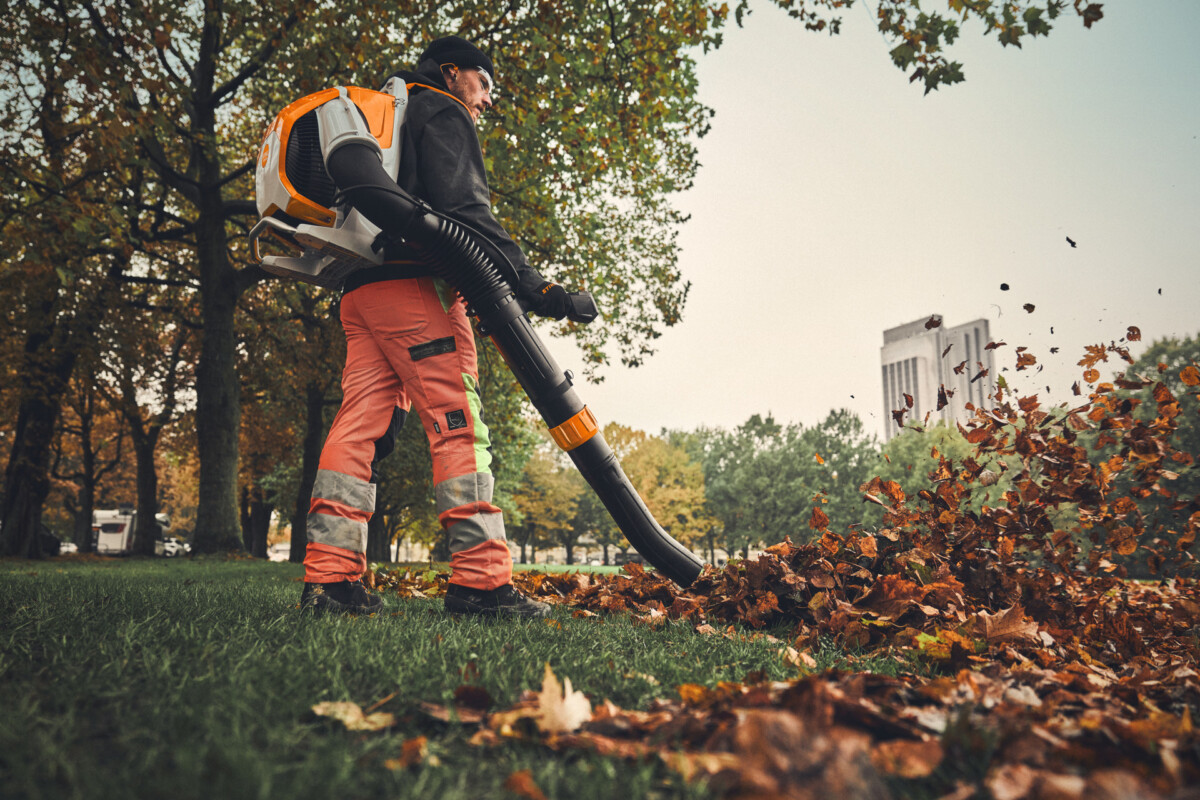Tackling Summer Turf Stress: Last summer saw the highest level of drought stress the UK has seen for years, and many courses are still feeling the effects of this damage in 2019.
Heat and drought stress can often be hard to manage but by looking at above and below ground factors it is possible to mitigate the effects and maintain playability. Dr Colin Mumford, left, Technical Support Manager at Bayer, explains the management practices that can be implemented to protect courses this summer.

Above Ground – Heat Stress
Above ground, heat stress is a big issue during the summer months. Heat can cause scorch, wilt and eventually die back of the grass plant which can severely interfere with ball roll and the aesthetic appearance of the course.
“There are a number of management practices that can help to reduce the effects of heat stress,” explained Colin.
“In the US and other hot countries, they use a technique called syringing. This involves spraying a fine jet of water droplets into the air above the green.
“These fine droplets land on the turf and evaporate almost instantly. This rapid evaporation cools the canopy of the grass plant, removing a lot of heat.
“If this is done properly you can do a whole green in 30 to 45 seconds and it will be dry before the next group of golfers arrive,” said Colin.
“There is an argument that this will need to be used more in the UK as we seem to be getting hotter summers. But it’s a very labour-intensive process and just doing it once isn’t enough,” he warned.
“Greens need to be syringed at least seven times a day to keep the canopy temperature down. Most golf courses that do this have one or two people who carry out this process throughout the whole day.”
Colin adds that raising the height of cut as much as possible can help to take the stress off grass plants.
“By raising the cutting height, the plant will be able to tolerate stresses because the added growth will make it more resilient. However, by raising the cut height, ball speed on putting greens will be reduced,” he says.
“Therefore, if you decide to go down this route you may want to roll the greens afterwards to counteract the effects of the extra height.”
Colin explained that there are products that can be applied to help alleviate the effects of heat stress.
“UVA and UVB rays from the sun radiate heat on the grass plant causing heat stress. Bayer’s Stressgard formulated range can provide a protective barrier against this.
“Stressgard contains a pigment that coats the surface of the leaf, and significantly reduces the amount of UVA and UVB reaching the grass plant.
“It will also reduce Photosynthetically Active Radiation but allows sufficient PAR through for the plant to photosynthesise effectively,” said Colin.
Eoghan Buckley, Course Superintendent at Birr Golf Club, County Offaly, had problems with summer turf stress last year and used preventative applications of a Stressgard formulated fungicide, as part of his management programme, to prevent disease taking hold of his greens.
“At the end of June our greens endured a prolonged period of heat and drought stress. After taking advice from Greg Collins at Bayer and Aine Daly from Cropcare, I decided to apply a preventative fungicide to help with recovery and minimise any further stress on the plants.
“The results were positive, with the turf looking much healthier. Having witnessed these impressive results, I have integrated this into my turf management programme this year.
“So far, this year hasn’t been as hot as 2018, so my greens are looking in good condition. However, from what I learnt last year, taking a preventative approach to both turf stress and disease control can be vital,” says Eoghan.
Below Ground – Drought Stress
“Below ground it is all about water management. To make informed decisions it’s important to know what you are working with and understanding evapotranspiration is the best way to achieve this.
“ET is the combined effect of water loss through transpiration from the plant, and evaporation from the soil. It is calculated from weather data, and some weather data providers, such as Bayer’s TurfXpert app, provide a calculation of ET.
“Measurements with moisture metres around your course, to assess localised areas of your turf, are also important. When these are combined with ET data, you can calculate how much supplemental irrigation is required,” added Colin.
While there are lots of schools of thought around irrigation techniques, Colin recommends deficit irrigation as the best solution.
“It works by replacing between 60% to 80% of water loss, which means the soil is able to take in additional water during a rainfall event and none of it is lost through drainage,” he explained.
“This way you can make the most of rainwater and save costs on irrigation.”
He warns drainage is not only costly in terms of water loss but also because of nutrient loss.
“If drainage occurs it can leech away nitrogen and other inputs, potentially causing environmental damage and cost to the greenkeeper.”
To combat this, Colin recommends carrying out an audit of irrigation systems to ensure they are running efficiently and used wisely.
“Irrigation is a beneficial tool but if it’s overused, problems with thatch build up and annual meadow grass can occur. This is why getting management techniques and calculations right is vital,” he said.
Below Ground – Pests
Another below ground factor is the damage caused by chafer grubs and leather jackets.
“These pests can have a huge impact on the health of grass plants at this time of year,” said Colin.
“Chafer grubs and leather jackets damage the roots of grass plants meaning the grass plant can’t take up water and nutrition, leading to drought stress effects.
“There may be plenty of water and nutrition present in the soil, but because the roots are damaged, they can’t take it up. The grass plants will then show signs of drought stress, scorching and ultimately will die back.
“In this case, the only short-term answer is irrigation. However, in the long term you can tackle the pest with cultural, biological and chemical controls to prevent damage from happening.
“Introducing new grass species that have rhizomes, fescues for example, into these areas can help with this.
“The rhizomes act as a tube of stored energy below ground which helps the grass plant to cope with a degree of attack from pests.
“Aeration can also be used to create channels for the roots to grow though, allowing them to descend quickly and easily to scavenge more water and nutrients,” adds Colin.
“As greenkeepers you strive to maintain the health and playability of your course. So, doing everything that you can both culturally and chemically is paramount, especially during the hot summer months,” concluded Colin.


























